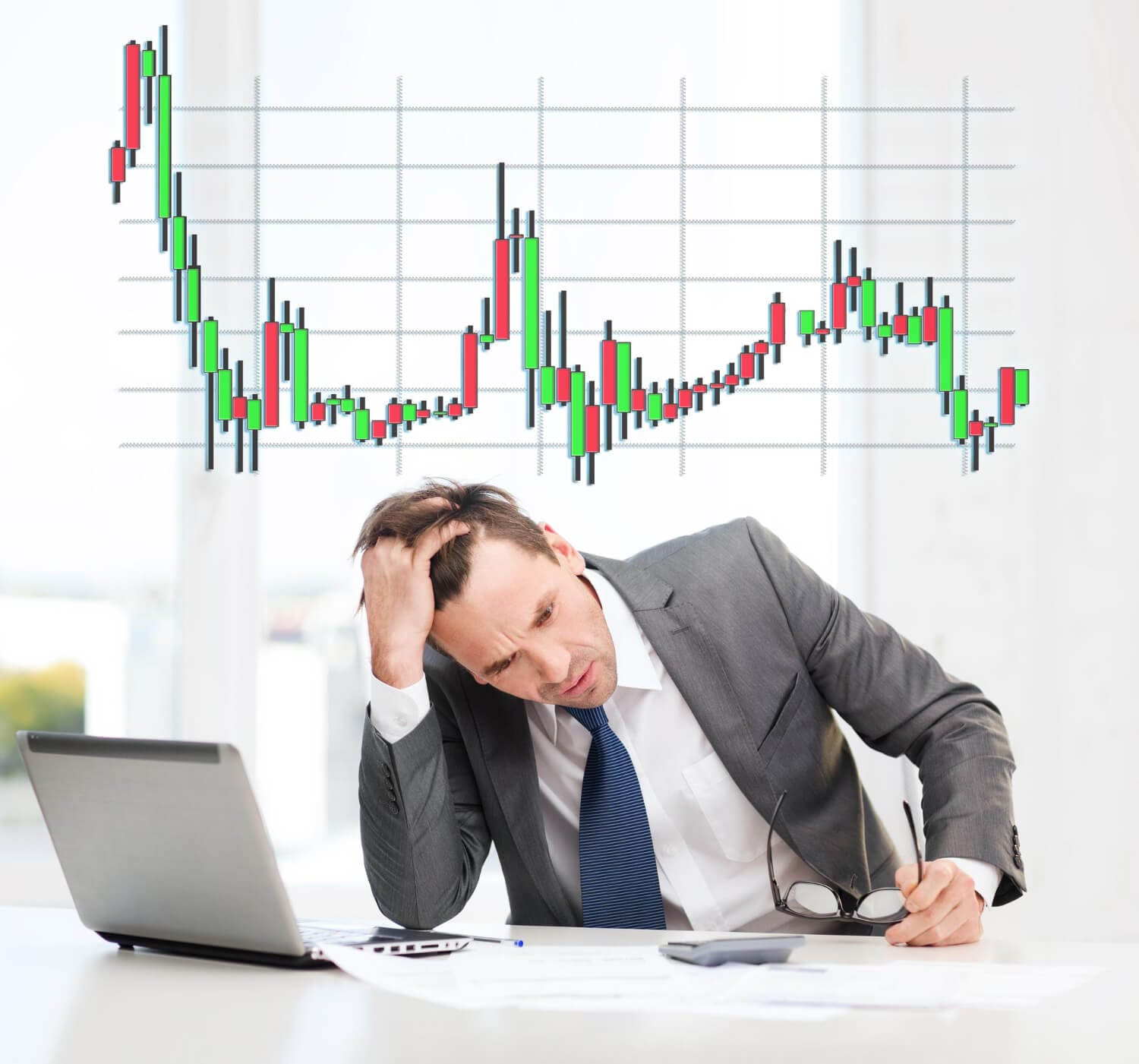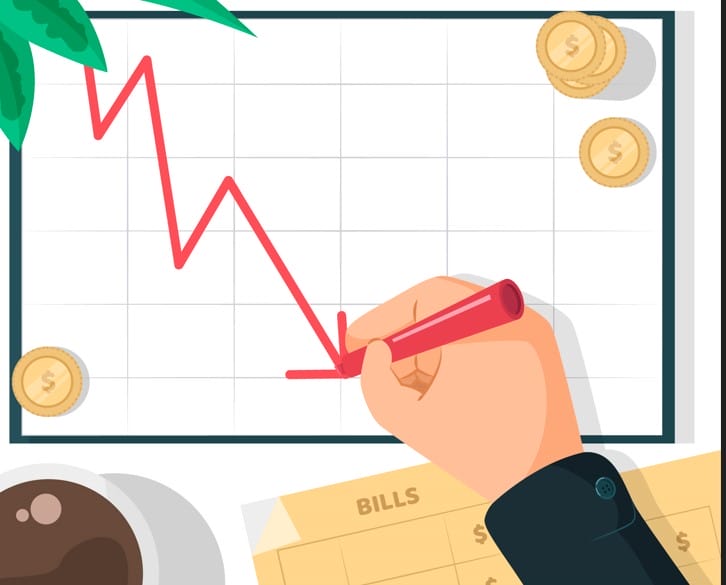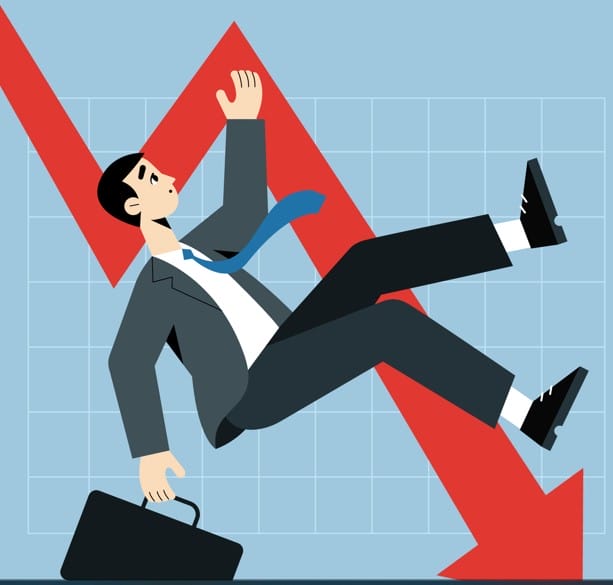Forex trading, the global marketplace for trading currencies, offers lucrative opportunities for investors and traders to capitalize on the fluctuations in exchange rates. However, this market’s high volatility and complexity make it susceptible to mistakes that can result in significant financial losses. To build a stronger approach and correct past mistakes in forex trading, traders must adopt a multifaceted strategy that encompasses risk management, emotional control, skill development, and a comprehensive trading plan. In this essay, we will delve into the key mistakes often made in forex trading and explore a comprehensive framework for rectifying these errors and building a more robust trading approach.
1. Lack of Proper Education: Lack of proper education in the context of forex trading refers to the scenario where individuals enter the forex market without acquiring a sufficient understanding of its intricacies. This includes not comprehending the fundamental concepts, terminology, and mechanics that drive currency trading. Forex trading involves complex concepts such as exchange rates, currency pairs, market orders, and various economic indicators that influence currency movements. Without a solid educational foundation, traders are essentially making blind decisions, which can lead to serious mistakes and financial losses.

Inadequate education can result in traders misinterpreting market signals, misunderstanding how to interpret economic data, and being unfamiliar with the tools available for analysis. It might also lead to an inability to grasp the global factors affecting currency values, such as political events, economic policies, and international trade relations. As a consequence, traders might enter or exit trades based on incomplete or inaccurate information, significantly increasing the risks associated with their trading activities.
To address this mistake, aspiring traders should dedicate time to educating themselves through various resources. This might involve enrolling in forex trading courses, reading educational books, attending webinars, and following reputable financial news outlets. By acquiring a comprehensive understanding of the market’s dynamics, traders can make more informed decisions, better assess risk, and develop strategies based on sound knowledge rather than guesswork.
2. Overleveraging: Overleveraging is a common forex trading mistake that involves using excessive amounts of borrowed funds (leveraging) to increase the size of a trade relative to the trader’s account balance. While leveraging can potentially amplify profits when a trade goes in the desired direction, it also significantly magnifies potential losses when the trade moves against the trader. This practice can lead to the rapid depletion of a trader’s capital and account balance, which can result in a margin call where the broker requires additional funds to cover the losses.

The allure of overleveraging lies in the potential for quick and substantial gains. Traders may be tempted to take on larger positions than they can actually afford with their account balance in the hopes of generating big profits. However, the inherent risk is that even a small adverse price movement can wipe out a substantial portion, or even the entirety, of the trader’s invested capital.
The concept of leveraging involves a leverage ratio, which represents the ratio of the trader’s borrowed capital to their own invested capital. For instance, a leverage ratio of 100:1 means that for every $1 of the trader’s capital, they can control $100 in the market. While high leverage ratios can amplify potential profits, they also expose traders to heightened risk.
3. Ignoring Risk Management: Risk management is a fundamental aspect of forex trading that involves strategies and techniques to protect a trader’s capital from significant losses. Ignoring or inadequately implementing risk management practices is a critical mistake that can lead to devastating consequences for a trader’s account balance.
The forex market’s volatility means that even experienced traders can experience trades that don’t go as planned. Without proper risk management, a single bad trade has the potential to wipe out a substantial portion of a trader’s capital, or even their entire account. This is why effective risk management is not just a recommendation but a necessity.

Here are some key risk management techniques that traders should implement to avoid this mistake:
a. Position Sizing: Determining the appropriate size of a trading position based on the available capital and the level of risk a trader is willing to take. Position sizing ensures that a single trade’s potential loss is limited to a manageable percentage of the trader’s capital.
b. Stop-Loss Orders: Placing stop-loss orders is crucial for setting a predefined level at which a losing trade will be automatically closed. This prevents losses from exceeding a predetermined amount, helping traders avoid emotional decisions and unexpected losses.
c. Diversification: Spreading capital across different currency pairs or assets helps reduce the impact of a poor-performing trade on the overall portfolio. Diversification minimizes the risk associated with focusing solely on one trade.
d. Risk-Reward Ratio: Evaluating the potential reward relative to the potential risk of a trade. A favorable risk-reward ratio ensures that potential gains outweigh potential losses, even if not all trades are successful.
4. Emotional Trading: Emotional trading is a common mistake in forex trading that occurs when traders make decisions based on emotions, such as fear, greed, excitement, or frustration, rather than on rational analysis and a well-defined trading strategy. Emotions can cloud judgment and lead to impulsive actions that deviate from the trader’s original plan.
The forex market’s fast-paced and unpredictable nature can evoke strong emotions, especially when trades move against a trader’s expectations. Emotional trading often leads to poor decisions, including:

a. Impulsive Trading: Making snap decisions without proper analysis or consideration of the potential consequences.
b. Ignoring Stop-Loss Orders: Allowing losing trades to continue in the hope that they will reverse, leading to larger losses.
c. Chasing the Market: Jumping into trades late because of the fear of missing out (FOMO) on potential profits.
d. Revenge Trading: Trying to recover losses by making high-risk trades out of frustration.
e. Overtrading: Executing too many trades in a short period due to an emotional need for action.
Emotional trading can result in a cycle of losses, leading to more emotions, more irrational decisions, and ultimately account depletion. To counter this mistake, traders need to develop emotional discipline:
a. Trading Plan: Having a well-structured trading plan that outlines entry and exit strategies, risk management rules, and criteria for making trades can provide a reference point during emotional moments.
b. Mindfulness: Practicing mindfulness techniques helps traders stay present and focused, preventing emotional reactions from dominating decision-making.
c. Emotional Awareness: Recognizing emotional triggers and taking breaks when emotions are running high can prevent impulsive actions.
5. Lack of Trading Plan: A trading plan is a comprehensive and organized document that outlines a trader’s approach to the forex market. It includes strategies, rules, and guidelines for entering, managing, and exiting trades. A lack of a trading plan is a significant mistake that can lead to inconsistent and haphazard trading decisions, often resulting in losses.

A well-structured trading plan serves as a roadmap that guides traders through various market scenarios, helping them maintain discipline and consistency. Here are the key components of a trading plan:
a. Goals and Objectives: Clearly define your trading goals, whether they are short-term profit targets or long-term financial objectives. Goals provide a sense of direction and purpose.
b. Risk Tolerance: Determine the percentage of your trading capital you are willing to risk on each trade. This ensures that losses are controlled and don’t exceed a certain threshold.
c. Entry and Exit Strategies: Specify the criteria that signal entry into a trade, such as technical indicators or price patterns. Also, define how you will exit trades profitably or with a limited loss.
d. Position Sizing: Detail how much of your capital you will allocate to each trade. Position sizing helps manage risk and maintain consistency in trade size.
e. Risk Management: Lay out risk management strategies, including setting stop-loss orders, take-profit levels, and how to adjust them based on market conditions.
f. Trading Timeframes: Decide on the timeframes you will trade on, such as short-term (intraday), medium-term (swing trading), or long-term (position trading).
6. Chasing Losses: Chasing losses is a behavior in forex trading where traders attempt to recover losses from previous trades by taking high-risk trades with larger positions than usual. This is a common mistake driven by emotions, particularly the desire to regain lost capital quickly. However, chasing losses is a dangerous practice that can lead to even greater losses and financial distress.
When traders experience losses, especially consecutive ones, they may become frustrated, anxious, or angry. These negative emotions can cloud their judgment and prompt them to make impulsive decisions. Chasing losses often involves increasing the position size of subsequent trades in an attempt to recover lost funds in a single trade. Unfortunately, this approach rarely leads to successful outcomes and often exacerbates losses.

Key points to understand about chasing losses:
a. Emotional Reaction: Chasing losses is driven by emotional reactions to losses, rather than a rational assessment of market conditions or adherence to a trading plan.
b. Elevated Risk: By increasing position sizes to recover losses, traders expose themselves to higher levels of risk. A single unsuccessful trade can lead to substantial losses that are difficult to recover from.
c. Lack of Discipline: Chasing losses reflects a lack of discipline and adherence to a trading plan. Traders who chase losses deviate from their strategy and become reactive rather than proactive.
d. Psychological Toll: Experiencing consecutive losses can take a toll on a trader’s psychology. Chasing losses can further exacerbate negative emotions, leading to a cycle of impulsive trading and more losses.
e. Long-Term Impact: Chasing losses can have long-lasting repercussions on a trader’s account balance and overall trading performance. It erodes capital and makes it challenging to recover financially and emotionally.
7. Ignoring Fundamental and Technical Analysis: In forex trading, both fundamental and technical analysis are critical tools for making informed trading decisions. Ignoring or neglecting either form of analysis is a common mistake that can lead to suboptimal trading outcomes.

a. Fundamental Analysis: Fundamental analysis involves evaluating economic, political, and geopolitical factors that can impact currency values. It focuses on understanding a country’s economic health, interest rates, inflation, political stability, and other macroeconomic indicators.
For instance, if a country’s economy is growing steadily and its central bank is likely to raise interest rates, the currency might strengthen. Conversely, if there are political uncertainties or economic contraction, the currency could weaken.
b. Technical Analysis: Technical analysis, on the other hand, involves studying historical price data, charts, and patterns to predict future price movements. Traders using technical analysis look for trends, support and resistance levels, moving averages, and various indicators to identify potential entry and exit points.
Technical analysis allows traders to understand market sentiment, spot trends, and make decisions based on historical price patterns. It’s particularly useful for short- to medium-term trading strategies.
Conclusion
Forex trading is a challenging endeavor that requires a well-rounded approach to succeed. Correcting mistakes and building a stronger trading approach involves addressing key issues such as inadequate education, poor risk management, emotional decision-making, and the absence of a well-defined plan. By embracing continuous education, disciplined risk management, emotional control, a comprehensive trading plan, and a willingness to adapt, traders can rectify past mistakes and increase their chances of achieving success in the dynamic world of forex trading. Remember, patience and consistent effort are essential on this journey towards building a more robust and effective trading approach.
Don’t trade all the time, trade forex only at the confirmed trade setups.
Get more confirmed trade setups here: forexgdp.com/buy/
